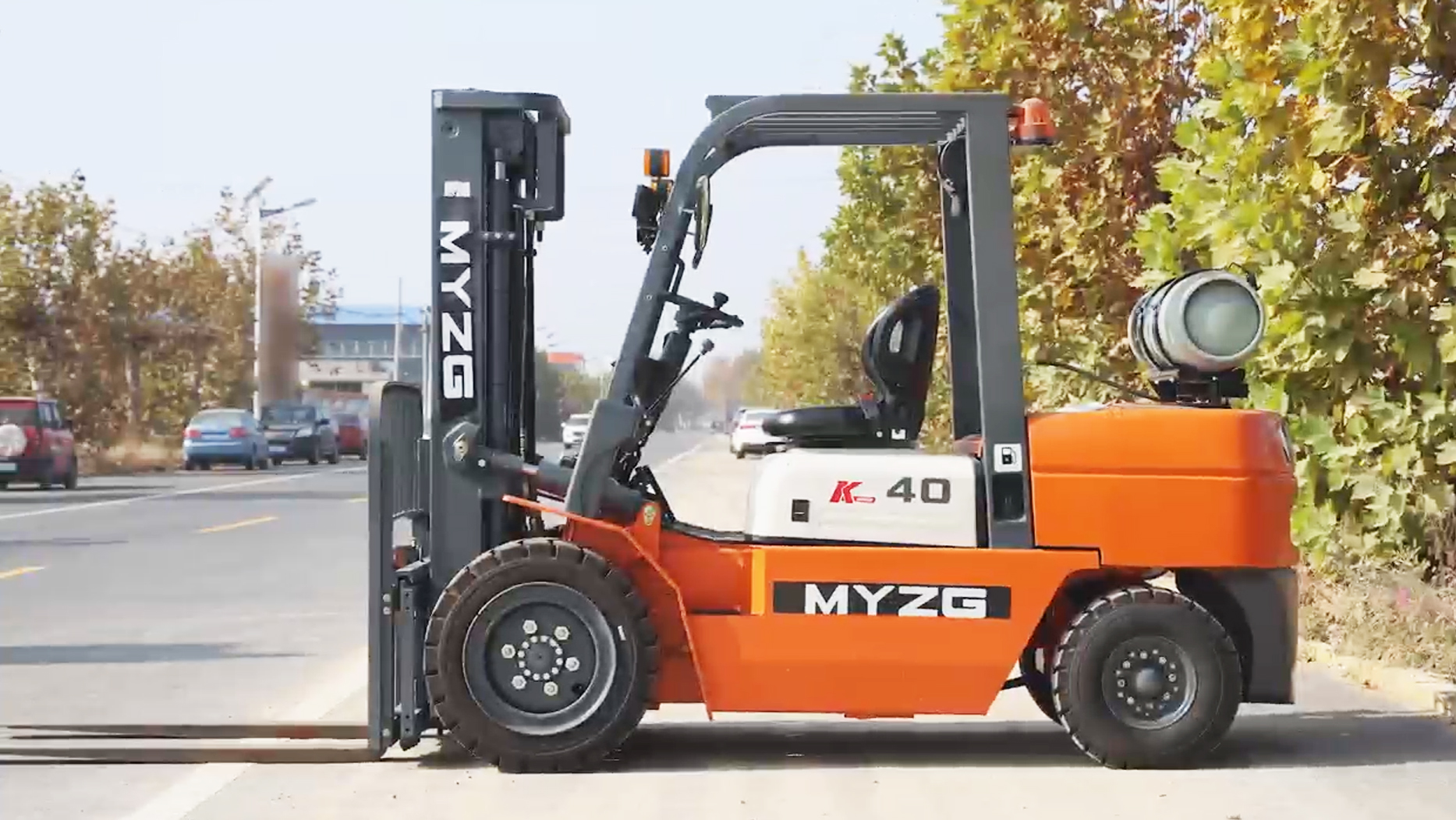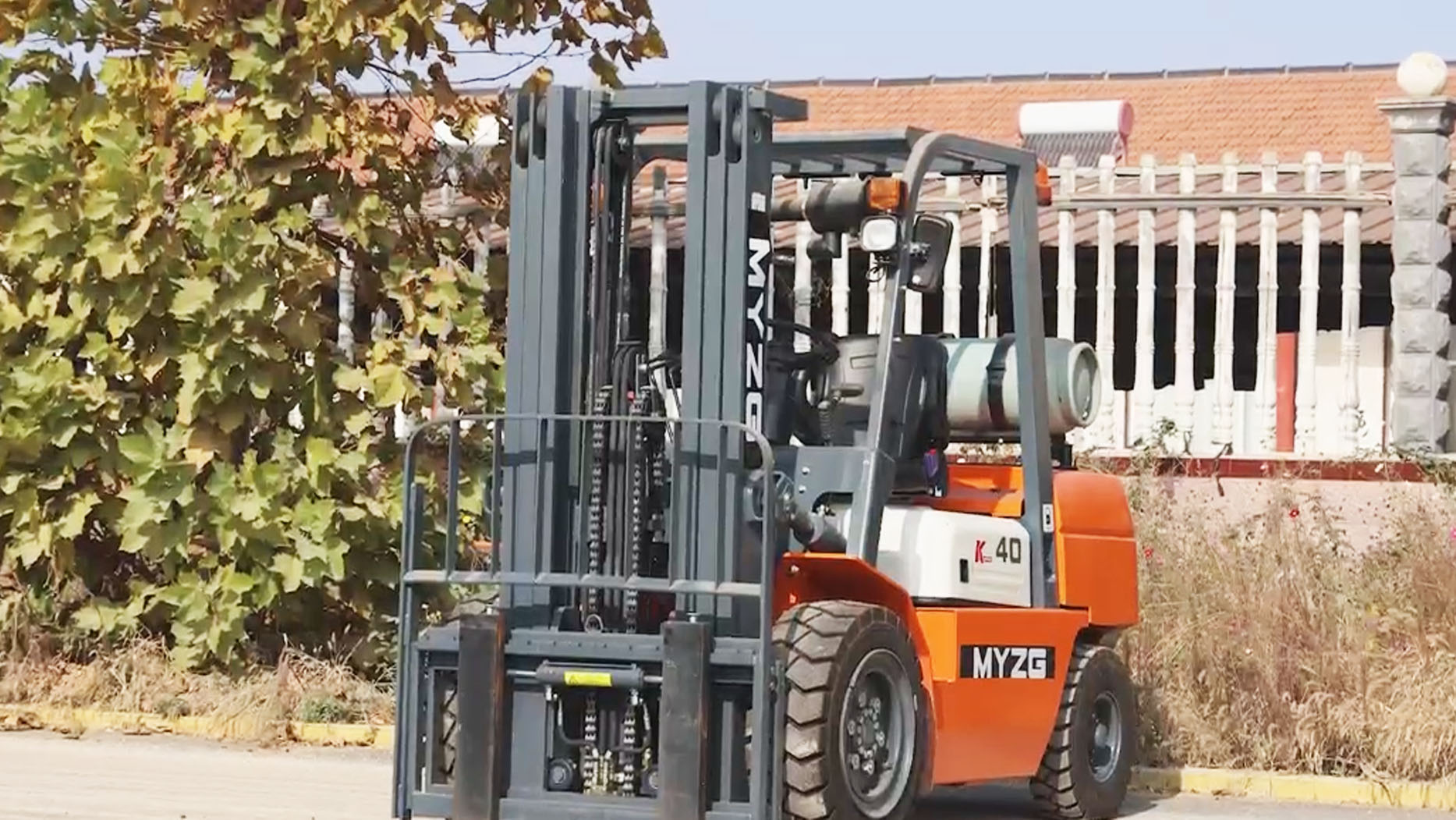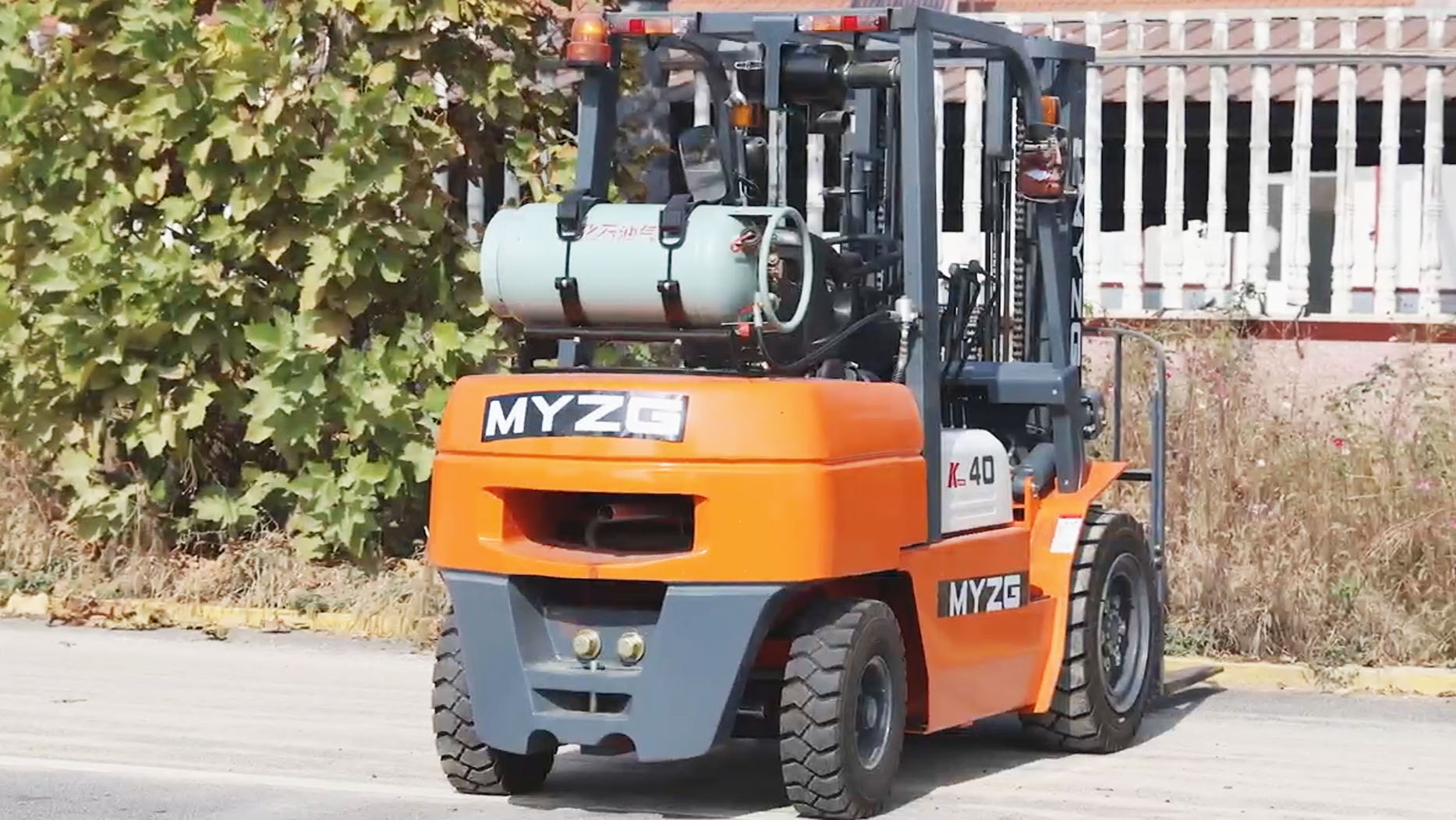In the diverse landscape of material handling, choosing the right forklift power source is a critical decision that impacts operational flexibility, cost-efficiency, and environmental compliance. While electric forklifts are championed for their zero emissions and diesel forklifts for their raw power, the LPG dual-fuel forklift presents a compelling alternative, offering a unique blend of advantages that make it highly versatile for a wide range of applications. This type of forklift is designed to run primarily on Liquefied Petroleum Gas (LPG), but often has the capability to switch to gasoline, providing an important layer of operational flexibility.
For businesses that need a robust, continuous-duty machine capable of transitioning between indoor and outdoor environments without sacrificing performance or facing strict emission limitations, the LPG dual-fuel forklift often emerges as the ideal solution. Let's delve into the specific advantages that make these machines a strategic choice for many operations.
1. Versatility: Indoor and Outdoor Operation
One of the most significant advantages of an LPG dual-fuel forklift is its remarkable versatility across different working environments.
Indoor Use (Ventilated): While diesel forklifts are generally unsuitable for enclosed indoor spaces due to exhaust emissions, LPG produces significantly fewer harmful emissions (less particulate matter, CO, and NOx) than diesel. This makes LPG forklifts suitable for well-ventilated indoor warehouses, factories, and distribution centers without the need for extensive exhaust purification systems, which are often required for diesel.
Outdoor Use: LPG forklifts perform reliably outdoors, even in varying weather conditions. They are not limited by battery charge times or temperature sensitivities that can affect electric models.
Seamless Transition: This dual capability means an LPG dual-fuel forklift can seamlessly move from unloading trucks in the yard to stacking pallets inside the warehouse, providing continuous productivity without needing different specialized machines for each area.

2. Consistent Power and Performance
Unlike electric forklifts, whose performance can sometimes wane as battery charge diminishes, LPG forklifts maintain consistent power output throughout their operation.
Sustained Power: LPG engines deliver continuous, strong power, making them highly effective for demanding tasks such as lifting heavy loads, climbing ramps, and operating hydraulic attachments without performance degradation.
No Power Drop: Operators won't experience a reduction in lift speed or travel speed as they might with a low-battery electric forklift, ensuring consistent productivity.
Quick Refueling: LPG tanks can be swapped out quickly in minutes. This virtually eliminates downtime associated with refueling, making them ideal for multi-shift operations where continuous availability is critical. Electric forklifts require hours for recharging or complex battery-swapping infrastructure.
3. Lower Emissions (Compared to Diesel and Gasoline)
While not zero-emission like pure electric models, LPG offers a cleaner burn than traditional diesel and gasoline.
Reduced Pollutants: LPG produces significantly lower levels of particulate matter (soot), nitrogen oxides (NOx), carbon monoxide (CO), and hydrocarbons compared to diesel engines without advanced emission control systems. This contributes to better indoor air quality and a smaller environmental footprint.
Regulatory Compliance: The cleaner emissions often allow LPG forklifts to meet various indoor air quality and outdoor environmental regulations more easily than older diesel forklift models, reducing the need for expensive emission control retrofits.
4. Cost-Effectiveness and Fuel Management
LPG dual-fuel forklifts offer several financial advantages, particularly in terms of fuel and infrastructure.
Fuel Availability: LPG is widely available globally, and its price can be more stable than gasoline or diesel in some regions.
Simple Refueling Infrastructure: Setting up an LPG fueling station or having a supply of pre-filled tanks is relatively straightforward and less expensive than installing the sophisticated charging infrastructure required for a large fleet of electric forklifts. This simplifies logistics and reduces upfront capital expenditure on energy infrastructure.
Dual-Fuel Flexibility: The "dual-fuel" capability (LPG and gasoline) provides an essential backup. If LPG supply is temporarily disrupted or an operator accidentally runs out of LPG, they can switch to gasoline, ensuring the forklift remains operational. This redundancy is a significant operational advantage.

5. Lower Initial Investment (Compared to Electric with Batteries) While pricing varies by brand and capacity, the initial purchase price of an LPG dual-fuel forklift can often be lower than a comparable electric forklift when factoring in the cost of multiple batteries and complex charging systems needed for electric fleet operations. No Expensive Batteries: You avoid the substantial upfront cost of high-capacity lead-acid or lithium-ion batteries, which can represent a significant portion of an electric forklift's total price. Simpler Infrastructure: As mentioned, the fueling setup is less costly than advanced electric charging stations. 6. Robustness and Durability LPG forklifts, like their diesel counterparts, are built with sturdy internal combustion engines and robust chassis, making them highly durable. Tough Construction: They are designed to withstand demanding industrial applications and can handle uneven surfaces and heavier loads more comfortably than many indoor-only electric models. Less Sensitive to Environment: Their mechanical nature makes them less susceptible to performance degradation from extreme temperatures or moisture compared to some sensitive electronic components in electric forklifts. Considerations for LPG Dual-Fuel Forklifts While the advantages are numerous, it's also important to acknowledge a few considerations: Emissions (Not Zero): They do produce emissions, albeit cleaner than diesel, making them unsuitable for completely unventilated indoor spaces or operations with strict zero-emission mandates. Fuel Storage: LPG tanks must be stored and handled according to strict safety regulations (e.g., proper ventilation, outdoor storage), which adds a layer of logistical management. Regular Maintenance: Like all internal combustion engine forklifts, they require routine maintenance (oil changes, filter replacements, spark plug checks) more frequently than electric models.
 The Role of Manufacturers: MYZG / MINGYU
The Role of Manufacturers: MYZG / MINGYU
Manufacturers like MYZG (often associated with MINGYU FORKLIFT) are prominent players in the market, offering a wide range of material handling equipment, including reliable LPG dual-fuel forklifts. These brands contribute to the accessibility of this versatile technology, providing cost-effective solutions that meet various performance and environmental requirements. Their LPG dual-fuel forklifts are designed to offer the combined benefits of power, versatility, and efficiency, making them a strong contender for businesses seeking a balance between heavy-duty performance and cleaner operation. When considering an LPG dual-fuel forklift from brands like MYZG / MINGYU, it's crucial to evaluate their specific models, available capacities, and the robustness of their local dealer support for parts and service.
Conclusion: A Balanced Choice for Diverse Needs
The LPG dual-fuel forklift offers a compelling set of advantages that position it as a highly versatile and efficient choice for many material handling operations. Its ability to seamlessly transition between well-ventilated indoor environments and demanding outdoor applications, coupled with consistent power delivery and rapid refueling, makes it a productivity powerhouse. While not entirely emission-free, its cleaner burn compared to diesel, along with potentially lower initial investment and simpler fueling infrastructure, presents a strong economic case. For businesses seeking a flexible, powerful, and relatively clean solution without the complexities of electric battery management or the limitations of a purely indoor machine, the LPG dual-fuel forklift from reliable manufacturers like MYZG / MINGYU truly offers the best of both worlds.
Post time:Jul.23.2025
